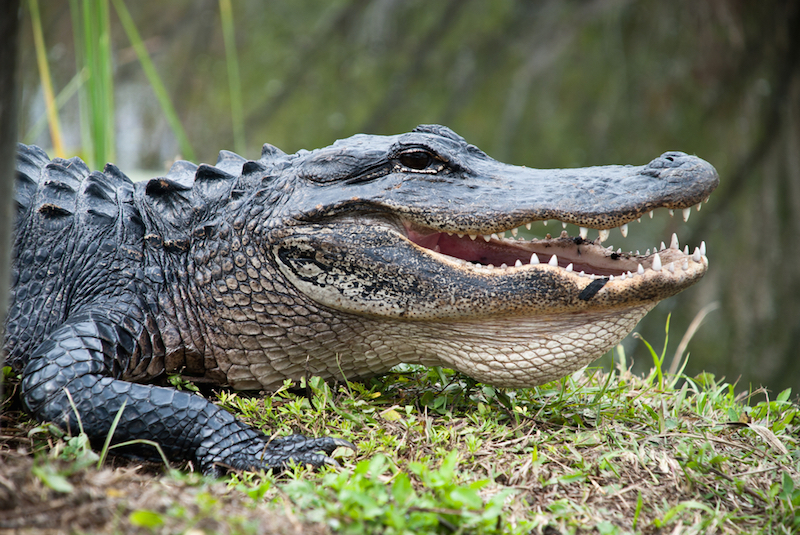Toddler Snatched by Alligator: How Dangerous Are Florida's Reptiles?

A Nebraska family staying at a Disney resort in Florida was struck by tragedy yesterday (June 14) when an alligator snatched the family's 2-year-old son and dragged him underwater, news sources reported. But despite the horrific incident, experts say it's rare for alligators to attack people.
During yesterday's incident, the boy's father tried to fight the alligator, and the mother also waded in to try to find her son, according to CNN. A dive team found the toddler's body today (June 15), Orange County Sheriff Jerry Demings said at a news conference, according to CNN.
But attacks like this are relatively rare, said James Perran Ross, a retired associate scientist of wildlife ecology and conservation at the University of Florida. In fact, alligators and crocodiles killed just nine people in the United States between 1999 and 2014, according to the Centers for Disease Control and Prevention. [Alligator Alley: Pictures of Monster Reptiles]
However, certain risk factors make alligator attacks more likely, including if the person is small and near (or in) a body of water where alligators are present, Ross said. Alligators are also more active in warm weather, especially during the hot summer months, and at night, Ross said. This is when the toddler was wading in less than 1 foot (0.3 meters) of water near the resort.
The best way to avoid the toothy reptiles is to take several precautions, especially if you're in alligator territory, Ross said.
"Just keep in mind that there might be alligators present," Ross told Live Science. "If you think of that, it changes your whole approach."
But, overall, he advised that people in Florida and other states with 'gators "stay out of the water in the summer months, and particularly in the darker hours, from dusk to dawn."
Sign up for the Live Science daily newsletter now
Get the world’s most fascinating discoveries delivered straight to your inbox.
How alligators attack
Alligators are stealthy, ambush predators. They often sit quietly in the water, staying still with little more than their eyes and nostrils above the surface, Ross said. A sensor on an alligator's chin detects vibrations in the water, including those from fish, Ross said.
When the alligator is ready, it will lunge at its prey and often swallow the animal whole. If the prey is too large, the alligator will tear it into pieces and then swallow those chunks, he said.
Most alligators — even the large ones, which measure 10 to 12 feet (3 to 3.6 m) long — eat small prey, such as fish about the size of a person's thumb and snails the size of a walnut, Ross said.
However, large alligators are known to go after larger prey, including birds such as ducks and herons, or small mammals, particularly raccoons, which often forage by the water's edge. Other large alligators even hunt deer that come too close to the water, Ross said. The predators may also target pets, such as dogs.
"Dogs run along the water's side and splash around," Ross said. "They're a nice size for a larger alligator to try to take as prey."
Alligators can come onto land, and are known to run as fast as 10 mph (16 km/h) in short bursts, but the animals don't often run for long distances, Ross said. He added that it's a myth that people should run in zigzag lines when trying to escape an alligator. It's best to simply run away in a straight line as fast as possible, he said.
Ross added that the boy's father did the right thing by trying to attack and open the jaws of the alligator. There have been a number of cases in which alligators have dropped their prey when attacked, Ross said. However, some alligators are persistent and won't easily let go, he added.
"It was brave of him, and absolutely the right thing to do," Ross said.
Original article on Live Science.

Laura is the archaeology and Life's Little Mysteries editor at Live Science. She also reports on general science, including paleontology. Her work has appeared in The New York Times, Scholastic, Popular Science and Spectrum, a site on autism research. She has won multiple awards from the Society of Professional Journalists and the Washington Newspaper Publishers Association for her reporting at a weekly newspaper near Seattle. Laura holds a bachelor's degree in English literature and psychology from Washington University in St. Louis and a master's degree in science writing from NYU.










